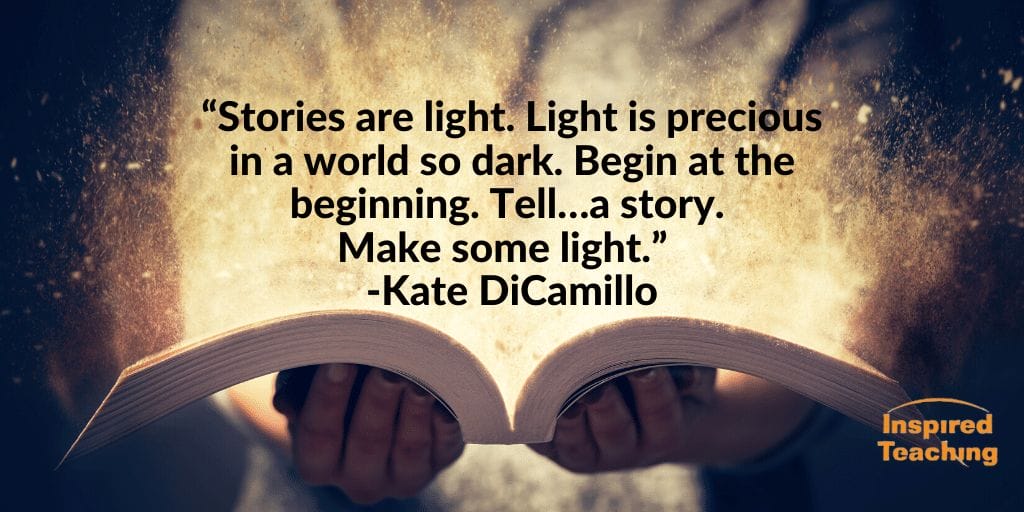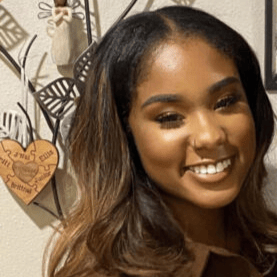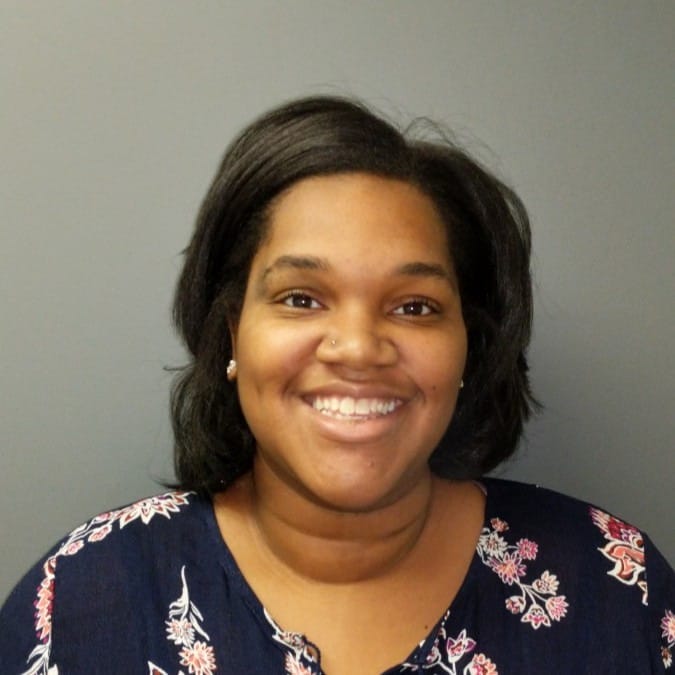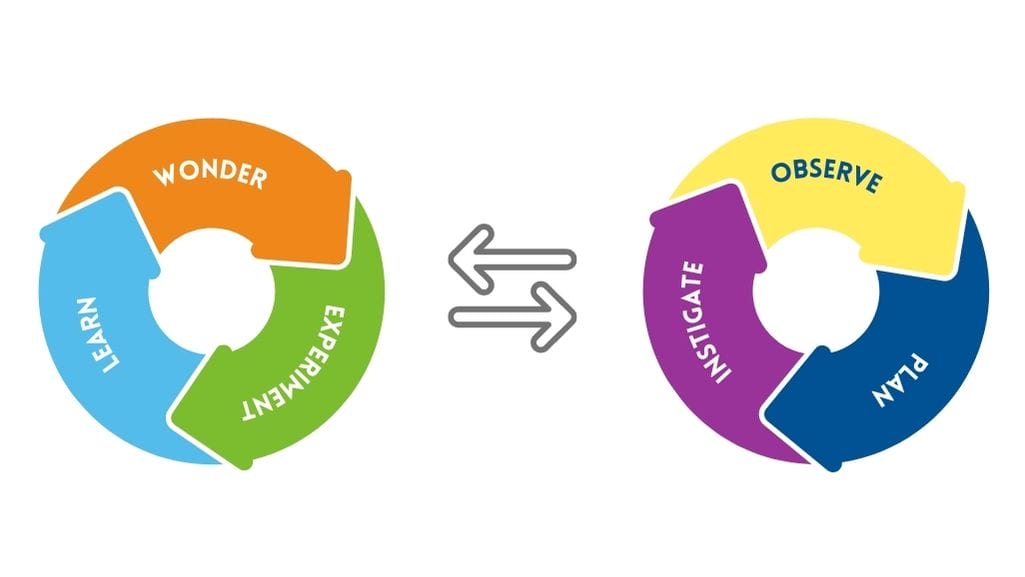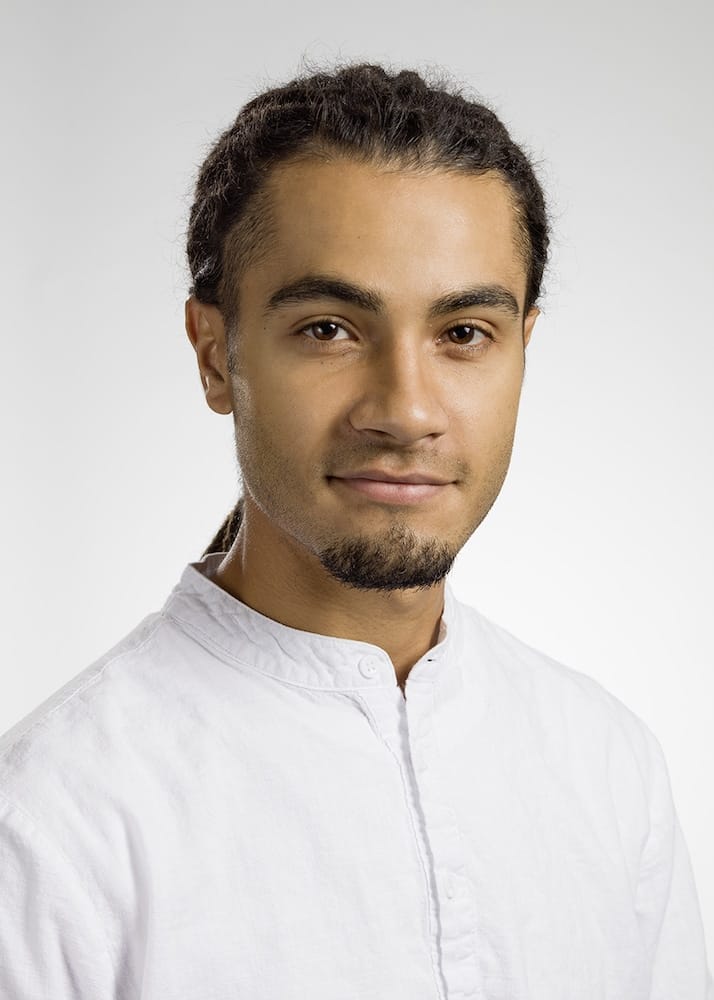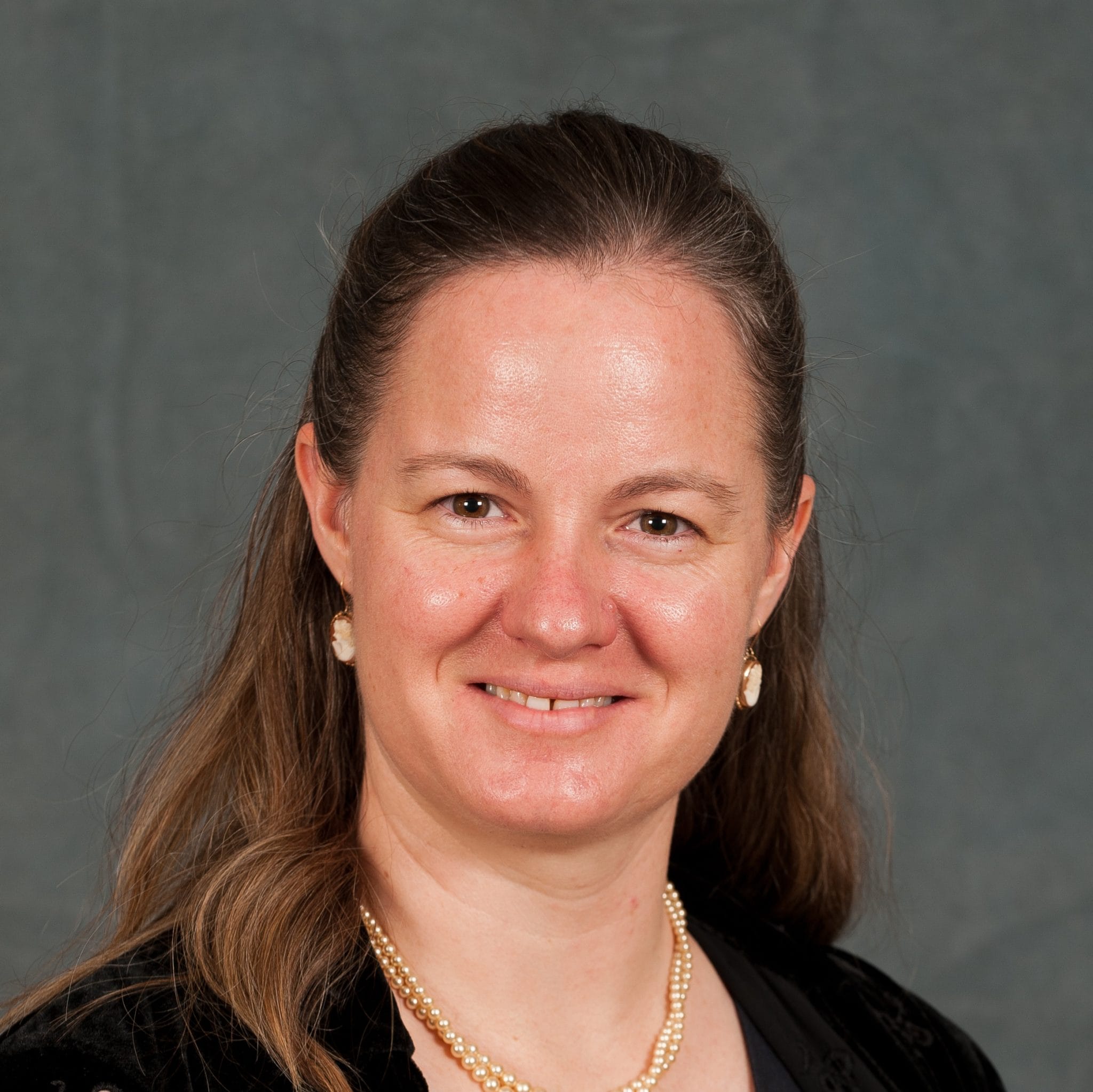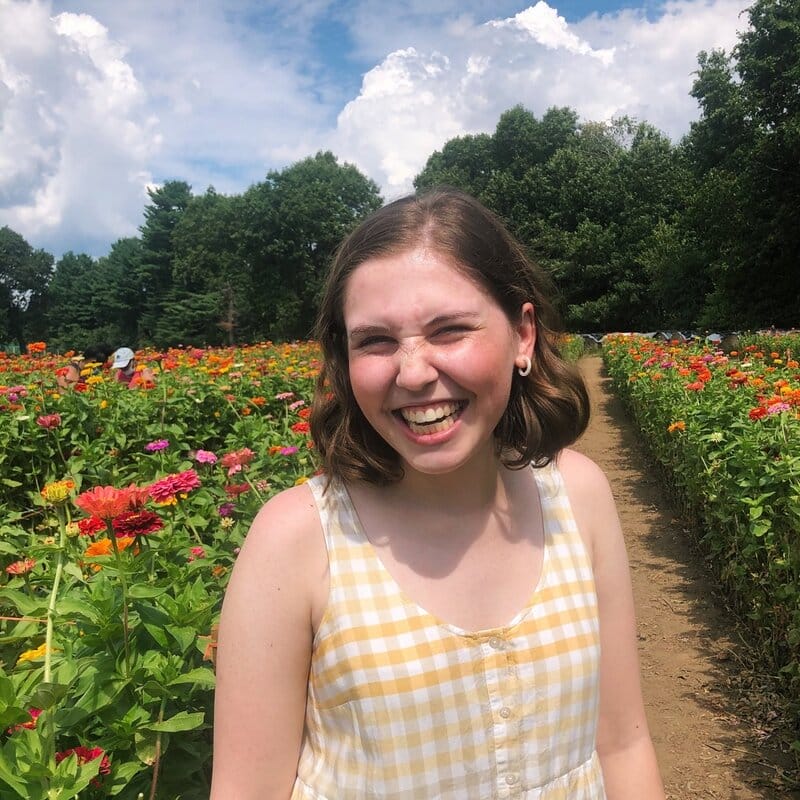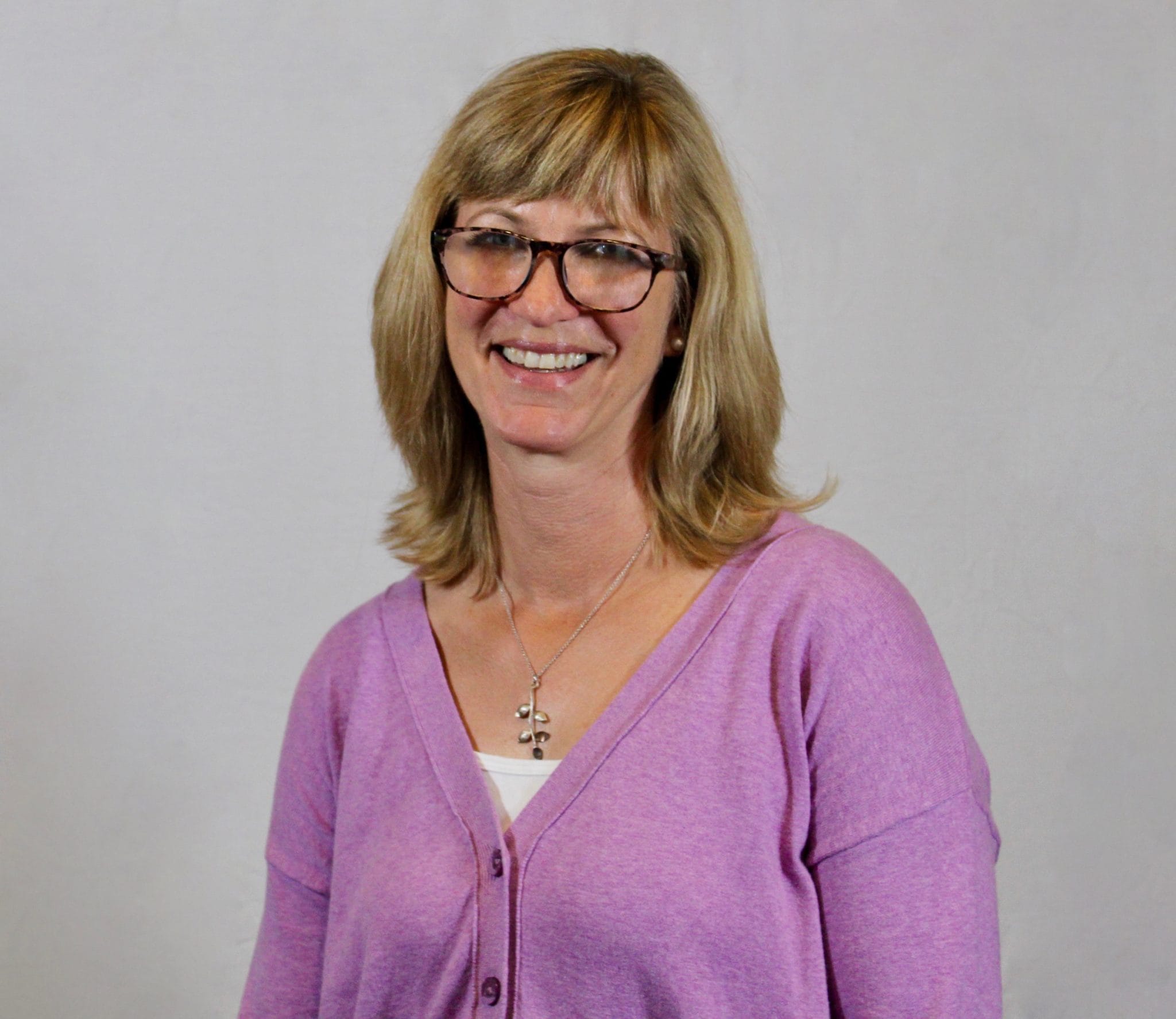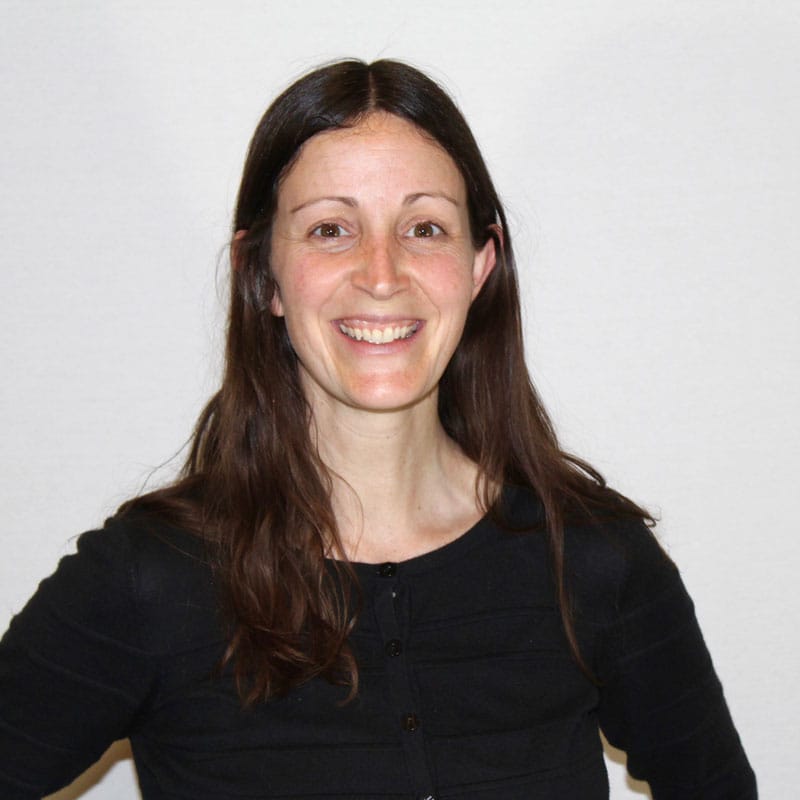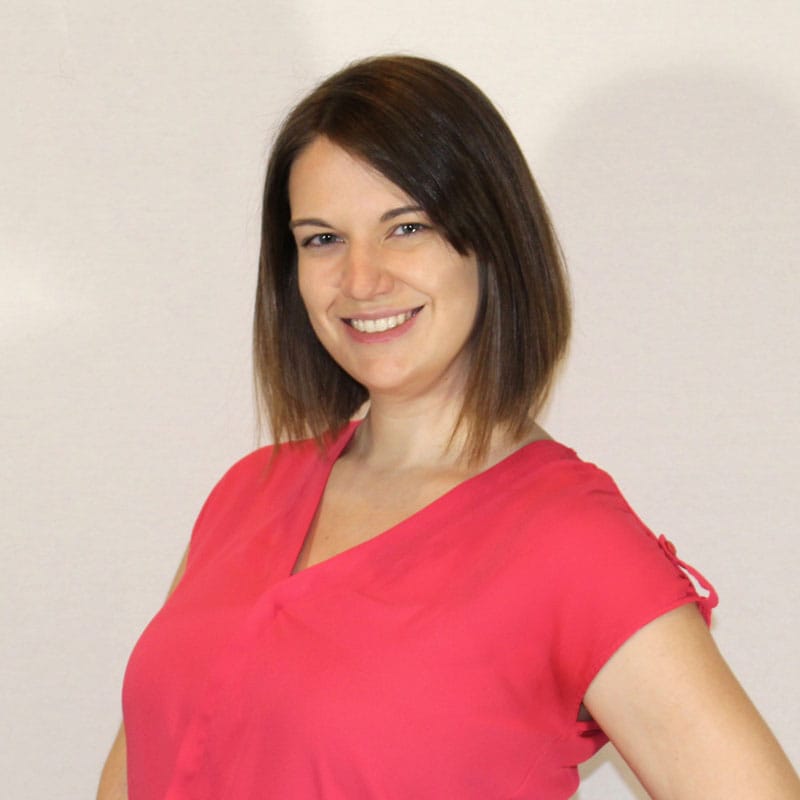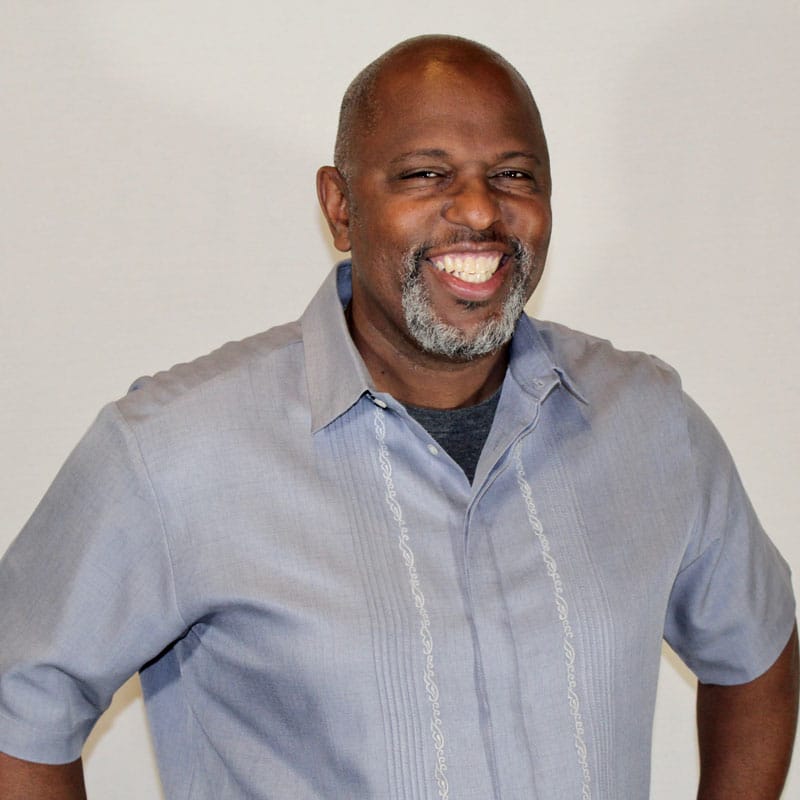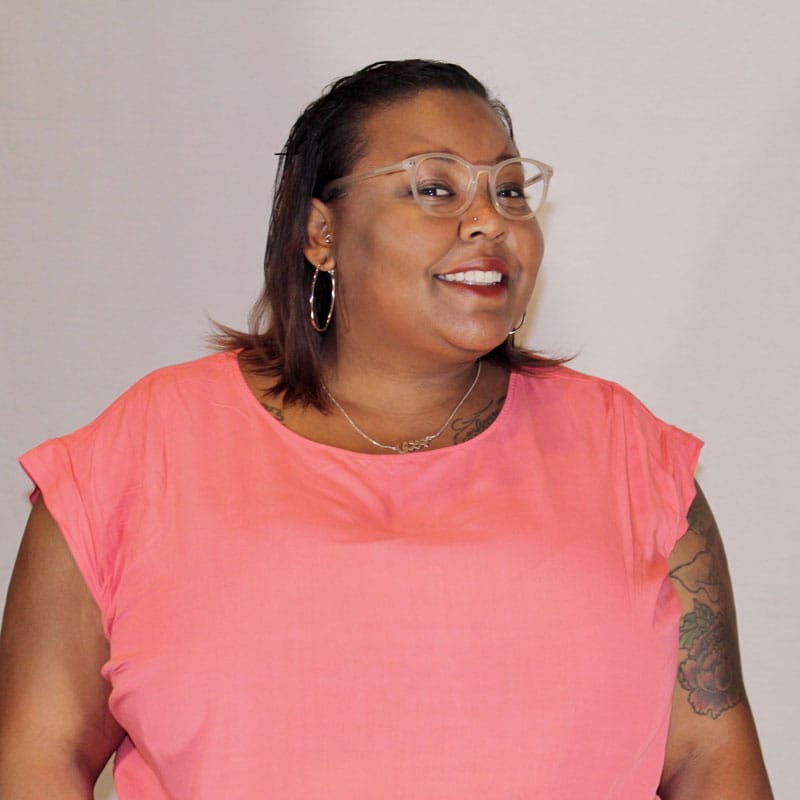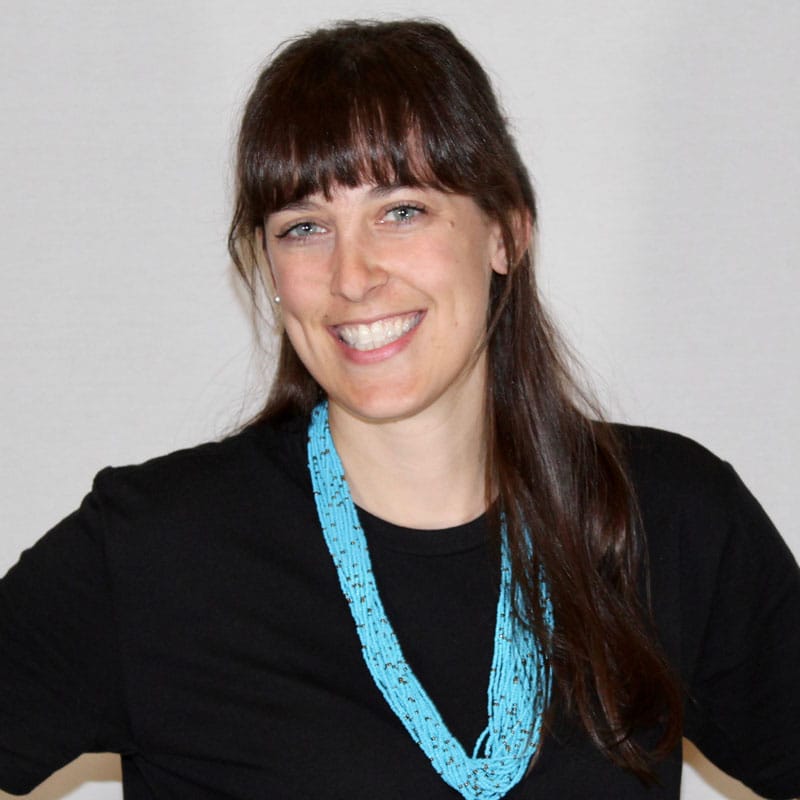The following activity is part of a series we’re creating to support students, teachers, and caregivers, during this unprecedented time. Read more about the project here. If you try this activity with your student(s), we’d love to see what you do. Share your journey via the #Inspired2Learn hashtag on your preferred social platform.
Created by: Susan K. Coti
Discipline: English Language Arts; Current Events
Age level: Grades 4-12
Time: Three to five days
Materials: Digital recording device
In this time of uncertainty, many people are fearful, anxious and alone. Many also feel a sense of solidarity with others from afar and a heightened creativity. Many feel despair at losing a loved one to Covid-19. Within this realm of darkness and light, there are stories to tell, stories to preserve, stories that will become part of an oral history that documents this unprecedented time in modern world history. The following activity can help to ease/express some of these feelings in a storytelling format. It can be done with your students or if you’re not teaching at the moment, with members of your family and others close to you.
What to do:
- Take five minutes to write a list of things that have changed in your life since this period of self-isolation started. Include concrete things such as change of work venue or more abstract things like feelings/emotions. Write whatever comes to mind. These will be the fragments or story seeds that develop into full stories.
- Look at your list and choose an item that calls to you the most.
- Begin the process of telling. It is more than reciting words but imagining clearly. Focus on sensory details: sights, sounds, smells, feelings in the body, sensations of hot or cold, hunger, thirst etc. Remember emotions: excitement, anger, fear anxiety, freedom, delight.
Storytelling is a visual experience for both the teller and the listener. Whatever the teller imagines, the listener “sees,” and the story unfolds like a movie. Practice with a listener. This is the most natural way to develop a story. As you tell and retell the story, it will start to take shape. It is best to do this with a listener in the same room because you will automatically take in the listener’s unconscious cues (for example, if the listener looks puzzled, the teller will adjust the story for more clarity next time), but the most important thing is to keep practicing.
- Speak clearly and pause at times – the places where the voice rests are just as important as the action.
- Record your story when you feel it is finished. You don’t have to memorize it; in fact, please don’t even try! Your story will flow in an organic way as soon as you begin and will make its way to a satisfying conclusion. It helps to have “chunks” of the story laid out in the mind to follow as you tell and retell your story. You can think of it as a story map and it is something you can write down to help you keep your story on track.
If you do this with your students, there are lots of ways to present the stories. I can imagine a documentary of voices, images and music.
Inspired Teaching connection:
Students engaged in this activity are actively using their intellects and imaginations in authentic ways, using real-life experiences that also bring inquiry and integrity into their learning about themselves and the world.
See our instructional model here.
